|
 Mammal
Mammal
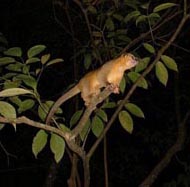
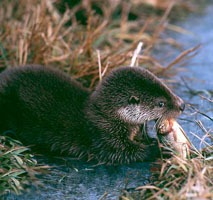
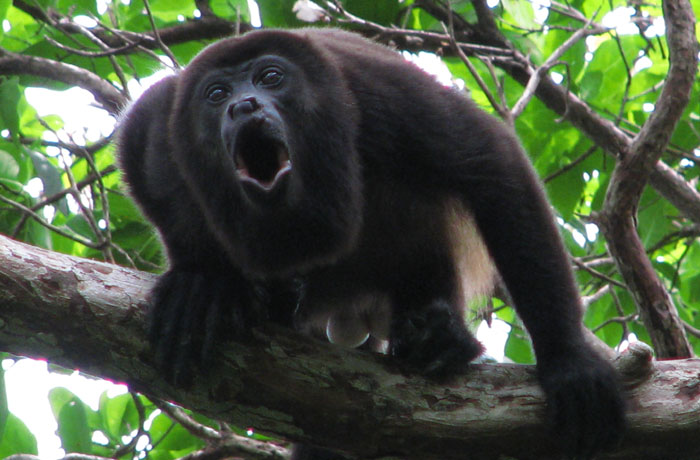
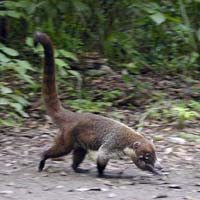
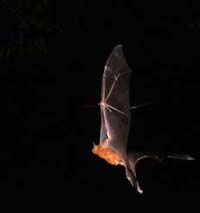
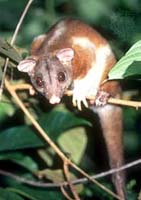
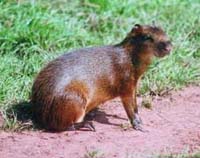

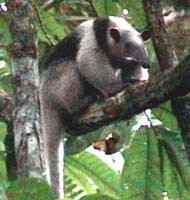
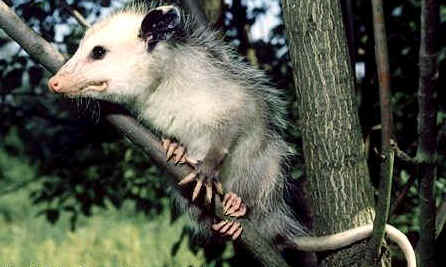


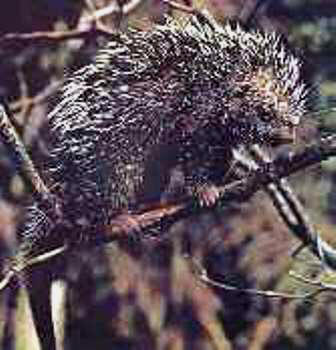

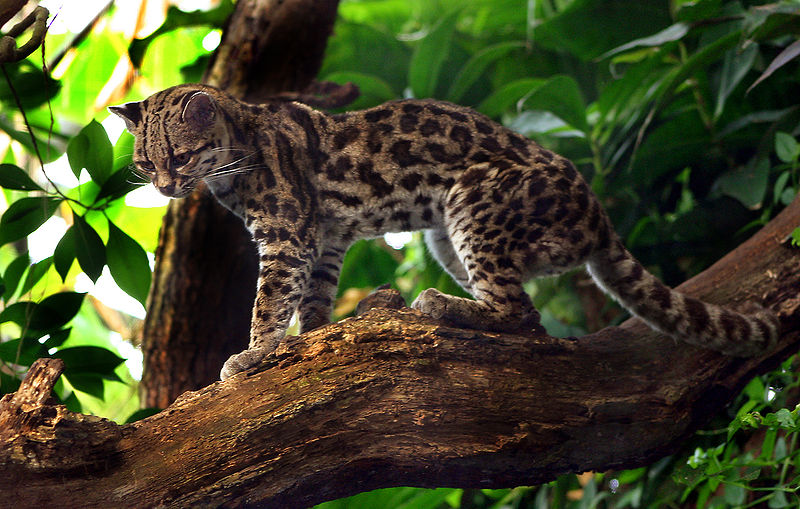
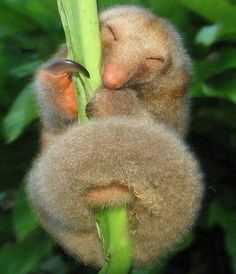
Guatemala has more than 193 species of mammals. Of these numbers, 3 of these mammal species exist in no other country and 7 of these species are threatened of endangerment from extinction.
The pictures on this page direct you to different mammals in and around Rio Dulce that I have personally seen.
Other mammals known to live or have lived in the Rio Dulce area but are either so rare now that I have yet to see any or extinct to this
reigon from loss of habitat or being hunted out are; Gray Fox (Urocyon cinereoargentus), Tapir (Tapirus bairdii), Collard peccary (Tayassu tajacu), Cougar (Puma concolor), and the White tailed deer (Odocoileus virginianus).


Aguti(Dasyprocta punctata)
[Tepezcuintle] I'm still learning about these. I have only seen one so far. It is a rodent that stands about 6 inches tall they
are hunted for food but the gestation period is about six months and they only have one baby at a time. I have a friend who tried raising them
for rerelease but the slow reproduction of them made it impractical and expensive.

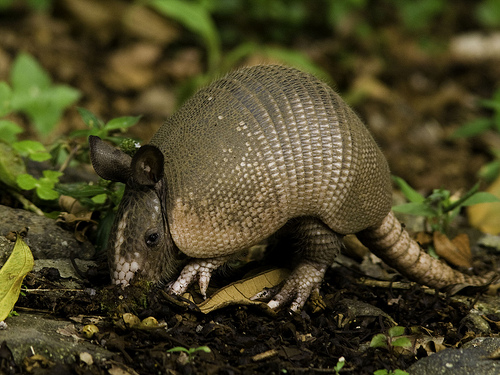
Nine-banded Armadillo(Dasypus novemcinctus)
The nine-banded armadillo (Dasypus novemcinctus), or the nine-banded, long-nosed armadillo, is a species of armadillo found in North, Central, and South America, making it the most widespread of the armadillos. The armadillo can jump 3–4 feet (91–120 cm) straight in the air if sufficiently frightened, making it a particular danger on roads. It's ability to jump also made its way into a humorous Mayan fable. Click on the image to find out more.

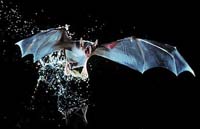
Bats
[Murcilagos] Bats are the only mammal that can fly! There are so many species of bats in Guatemala that they encompass half of the various mammal
species here. That may account why there are so few mosquitos here. The page link on the picture here takes you to a list of few of the more interesting ones in the area as well as plans for making bat houses.


Coati mundi(Nasua narica)
[Pizote] More commonly seen in the Peten area, once and a while in rustic areas, you may still find them here. This is the most social member of the racoon family. It is opportunistic in its behavior and inhabits a wide geographic and ecological
range. They eat almost anything and get around in the trees as well as on the ground.

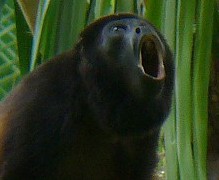
Howler Monkey(Alouatta palliata)
[Mono, Congo, Howling Monkey] These guys are the loudest animal in the world. SO loud you can hear them for more than 1 km (3 miles) in
a dense forest and are often heard at sunrise and sunset, addressing other howlers. In Rio Dulce you will find the Red Mantled howler which is
unique for Central America. They weigh 6 to 7 kg. The average group size is about eleven animals, but around here I have counted over thirty
in one family. As their habitat lessens, so do they because they will fight over territories when food gets harder to find. To the Mayas
of the Classic Period, they were the divine patrons of the artisans, especially scribes and sculptors. Copan in particular is famous for its
representations of Howler Monkey Gods. Two howler monkey brothers play a role in the 16th-century myth of the Maya Hero Twins included in the
Popol Vuh. Click on the image for more information. If you want any more information than that, you will have to come down and go on my monkey
tour!

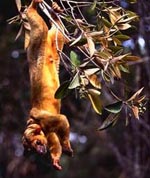
Kinkajou (Potos flavus)
[Micoleon in Spanish] Kinkajou's are adorable animals when you can spot them. They have prehensil tails, they are nocturnal and they look like a big rat
from a distance until you get to look at them. Then when you get a good look at them you see why they have been kept as pets. My first was
seen in the rafters near the restraunt and it wanted nothing other than getting back into the trees.

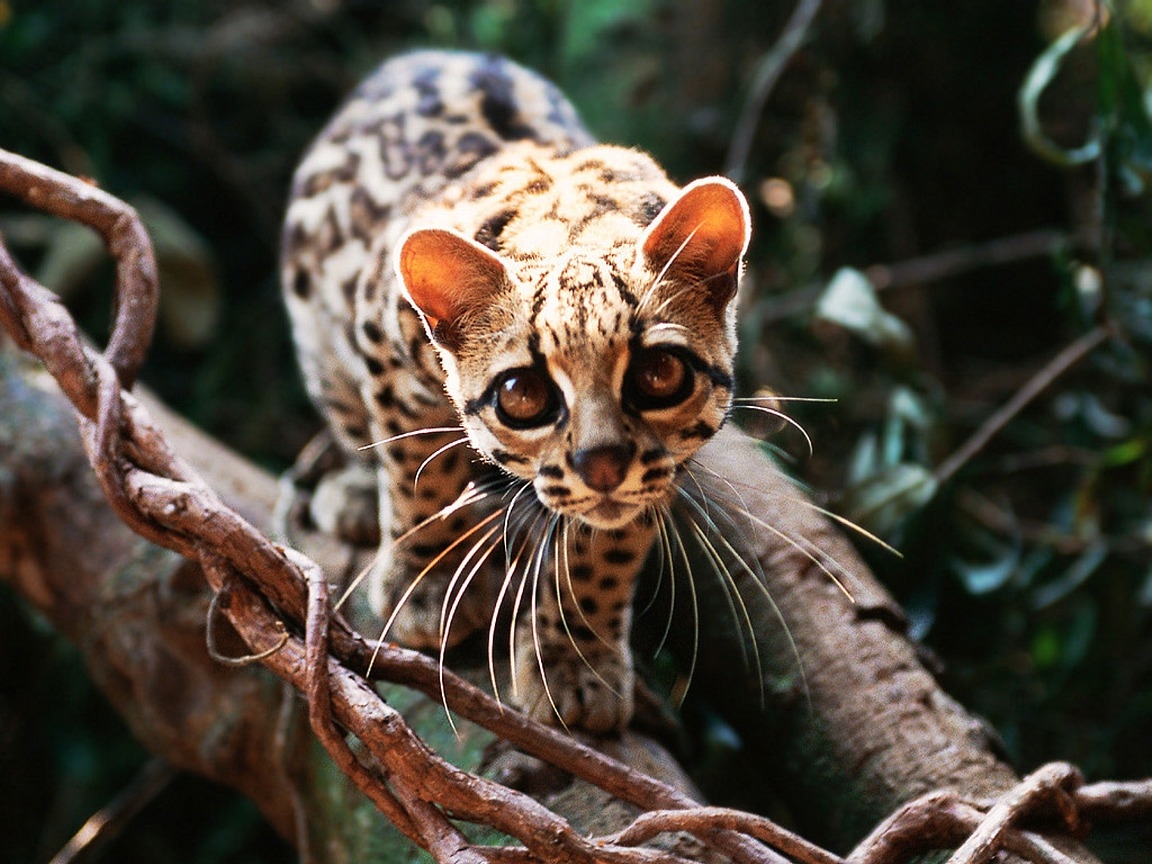
Margay cat (Leopardus wiedii)
The Margay is a small spotted cat native to Middle and South America. Named for Prince Maximilian of Wied-Neuwied, it is a solitary and nocturnal animal that prefers remote sections of the rainforest. Although it was once believed to be vulnerable to extinction, the IUCN now lists it as "Near Threatened". It roams the rainforests from Mexico to Argentina, they are still around but you will be lucky to come across one in the wilds.


Mexican Hairy Dwarf Porcupine (Sphiggurus mexicanus)
The Mexican hairy porcupine is an agile climber. It moves through the high trees in the forests of Mexico and Panama, using its tail to help it on hold on as it climbs. The rough, hard skin at the tip of its tail helps it grip the tree branches.
This porcupine sleeps during the day but is active at night. That’s when it searches the treetops for tasty leaves to eat. Sometimes it even snacks on lizards.


Otter(Lutra longicaudis)
Not too common anymore, or at least easy to see because they are wise about humans. On lucky nights you can still spot them frolicking around
in some of the tributaires on the river. They love fish, shellfish, snails and other meat-type critters they can catch. They are a problem to
fish and shrimp farmers in the area though. They are smart and can open cages, figure ways to get in to small ponds and destroy a crop in an
evening.


Paca(Agpito paca)
[tepezcuintle] Plentiful in protected areas but hard to find elsewhere because of their meat, this rodent can be a pest to farmers because it
likes sugar cane, avacados, mangos, and other valued foods.
They are forest animals that love water. Pig-like in stature, they also have a short elephant-like trunk. Out of the four species, three live
here in Central America. They are becoming endangered because of their hides and loss of habitat.


Racoon(Procyon cancrivorus)
Locally known as a mapache, racoons are native to North America. The Crab-eating Raccoon (Procyon cancrivorus) is a species of raccoon native to marshy and jungle areas of Central and South America. It is found from Guatemala south through most areas of South America east of the Andes down to northern Argentina and Uruguay.
It is almost always found near streams, lakes and rivers. Because it is called the Crab-eating Raccoon does not mean that this species will only eat crabs, like the common raccoon it will also seek and eat almost anything edible that is available. The Crab-eating Raccoon eats crab, lobster, and other crustaceans, but is an omnivore and its diet also includes, for example, small amphibians, turtle eggs, and fruits or any food that is within its reach including trash.
It resembles its northern cousin, the Common Raccoon, in having a bushy ringed tail and "bandit mask" of fur around its eyes. The Crab-eating Raccoon appears smaller and more streamlined than the Common Raccoon due to its much shorter fur, though it is of roughly similar dimensions. But it is also in the same family as the Coati mundi and the Kinkajou.

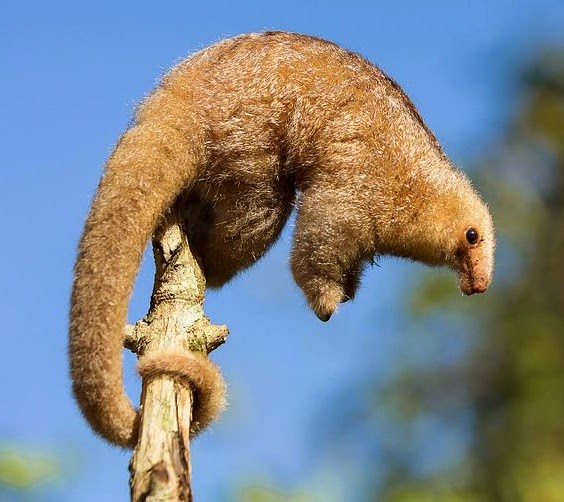
Silky Anteater(Cyclopes didactylus)
Locally known as a Oso Flor de Balsa, I've never had the joy of seeing one of these in the wild but one was recently rescued in Morales and rereleased in a safe place. Silky anteaters are the smallest living anteaters, and have proportionately shorter faces and larger crania than other species.

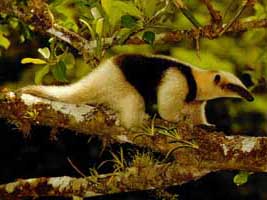
Tamandua(tamandua tetradactyla)
Also known as the "lesser anteater", the tamandua is a tree-dwelling relative of the giant anteater. They have short hair and are either tan
and black or entirely black. They live in trees where they feed on ants and termites with a sticky substance on their tongues. They eat up to
30,000 ants, termites and other insects every day. The claws of the anteater's front feet are hooked to rip into ant and termite nests. They
rarely spend more than a couple minutes feeding on any one nest. Only a few thousand insects are removed at one feeding from any one nest never
to destroy their source for food. Anteaters have a good sense of smell, are toothless, and have poor eyesight and they are shy creatures. When I
have spotted them they are quick to hide between the trunk of a tree and a large bromeliad or where ever is convenient at the time.


Tayra(Eira barbara)
The tayra, also known as the Tolomuco or Perico ligero in Central America, and San Hol or viejo de monte in the Yucatan Peninsula is an omnivorous animal from the weasel family Mustelidae. It is the only species in the genus Eira. There are at least nine known subspecies.
Tayras have an appearance similar to weasels and martens, growing to a size of about 60 cm, not including a 45 cm long tail. Most tayras have either dark brown or black fur with a lighter patch on its chest. The fur on its head changes to brown or gray as it ages. Tayras grow to weigh around 5 kilograms (11 pounds), ranging from 2.7 to 7.5 kg (6-16.5 pounds).

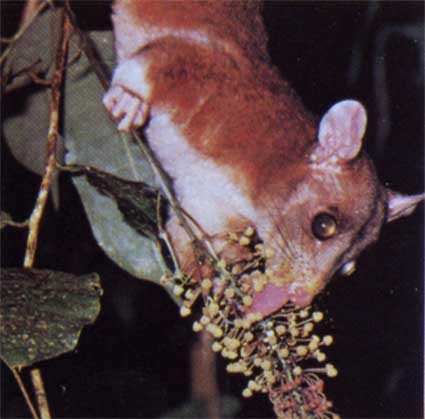
Woolly Opossum(Caluromys derbianus)
[Taquacin Rojo] [Zorra Roja] The three species of Caluromys opossums are called "woolly" opossums. They are nocturnal, omnivorous and arboreal. They are found throughout Mexico and Central America south to Bolivia, Paraguay and northern Argentina. The one here in Guatemala is the Caluromys derbianus and is an endangered species. Their fur is woolly and covers 1/2 or more of their tail length. The tail itself is longer than the body plus head length combined, making them more arboreal than most other opossums of large size. The dark stripe on the face between ears and eyes is very distinctive. They live generally in forests, near streams and water. They nest with leaves and vines in tree hollows and tree limbs. Their diet includes carrion, fruit, insects like cockroaches, termites and ants, leaves, vegetables and vertebrates. These opossums are found in Belize, Colombia (West), Costa Rica, Ecuador (West), Guatemala, Honduras, Mexico, Nicaragua and Panama. They are uncommon but not rare in the wild, and while not currently endangered they may be vulnerable. They are nocturnal and omnivorous, hunting for insects, fruit and rodents in the evening. They reach sexual maturity at 7-9 months and were reported to have litter sizes of 2-4 in Nicaragua and 3-4 in Panama.
|

